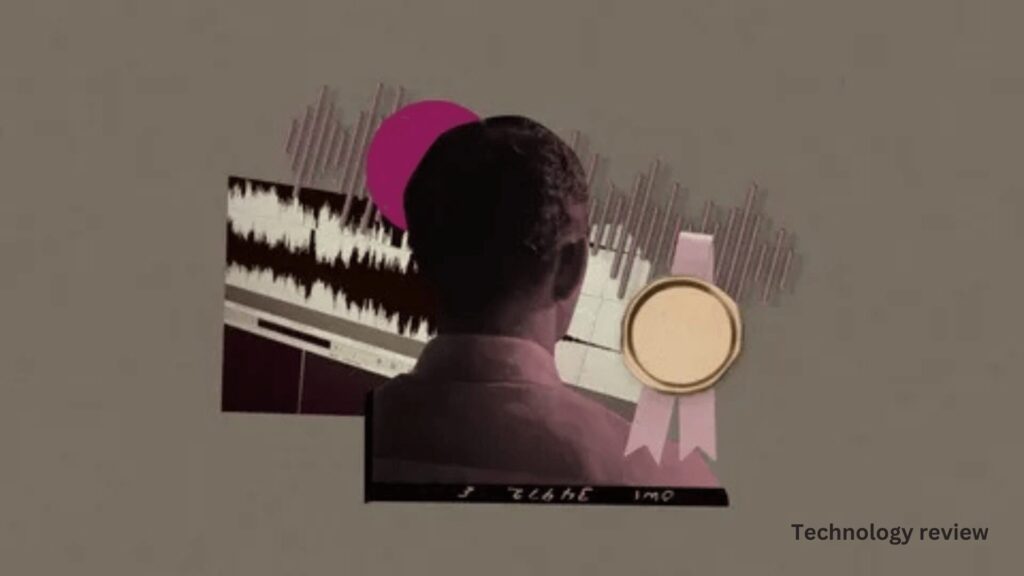watermarking AI-generated: The importance of transparency in AI-generated content is undeniable, but the effectiveness of tools like watermarks remains uncertain.
In late May, a startling image of the Pentagon on fire went viral, sparking confusion and concern. Just a few miles away, White House officials and journalists scrambled to verify if this shocking image was real. It wasn’t. The image was AI-generated, yet it had already caused real-world consequences, including a brief dip in financial markets.
AI-generated misinformation is not new, but the rise of increasingly sophisticated and accessible AI tools has made creating hyperrealistic content easier than ever. While AI can be used positively—such as in art or improving accessibility—it also poses significant risks, including defamation, harassment, and the manipulation of public opinion. This recent incident with the Pentagon demonstrates just how quickly AI-generated content can spread before its origins are identified, causing confusion and potential harm.

To address these challenges, the need for transparency in AI-generated content is more pressing than ever. Whether to ensure election integrity, safeguard evidence, or combat misinformation, the public could greatly benefit from knowing when content has been manipulated or generated by AI. In the case of the Pentagon image, if it had been clearly marked as AI-generated, platforms might have been able to react faster, reducing its spread and minimizing its impact on financial markets.
Recognizing this urgency, the White House announced in July that seven major AI companies, including OpenAI and Microsoft, have committed to developing “robust technical measures” like watermarking to help users identify AI-generated content. Watermarking is a promising step toward transparency, but it’s not without challenges. The effectiveness of these methods remains uncertain, and they must be implemented carefully to truly help users differentiate between real and synthetic content.
The Importance of Watermarking for AI Transparency
Watermarking, a method for marking content as AI-generated, is one of the key tools being explored to provide greater transparency. But what exactly is watermarking, and can it solve the problem of AI-generated misinformation?
In simple terms, watermarking can be classified into two types: visible and invisible. Visible watermarks, like the familiar “Getty Images” stamp on photos, are easy for users to spot. Invisible watermarks, on the other hand, are technical signals embedded within the content itself and can only be detected with specialized tools. Both methods are critical for ensuring transparency in AI-generated content, but each has its own set of challenges.
Challenges in Implementing AI Watermarking
One of the biggest issues with watermarking is that it’s not foolproof. Watermarks, both visible and invisible, can be tampered with or removed, rendering them ineffective. The ease with which this can happen varies depending on the type of content. For example, invisible watermarks are more durable in images and video than they are in text, which raises concerns about how effective watermarking can be across different content types.
Furthermore, questions arise about who will have the power to detect these invisible signals. Will it be limited to a select few tech companies, or will detection tools be available to the public? Restricting access could lead to gatekeeping, while broad access might allow bad actors to manipulate the technology for harmful purposes.
Privacy is another significant concern. Watermarks could inadvertently expose identifying information about content creators, which could be dangerous for activists or human rights defenders in authoritarian regimes. Balancing the need for transparency with the protection of privacy is a crucial issue that policymakers must address.
Watermarking: More Than Just Labels
While watermarking is a promising solution, it’s not enough on its own to ensure that AI-generated content is properly understood by audiences. Visible watermarks, for example, may provide transparency but could be easily misinterpreted. In one case, a user mistook Twitter’s “manipulated media” label as a warning that the media was manipulating them, rather than flagging the content itself as misleading. This highlights the need for user education alongside watermarking to help people better understand the role of AI in content creation.
Another issue is that too much focus on watermarking AI-generated content might erode trust in legitimate, non-AI content. If users are constantly exposed to warnings about AI involvement, they might begin to doubt the authenticity of everything they see online, even content that hasn’t been manipulated.
Watermarking and Beyond: A Multifaceted Approach
Watermarking is just one of several methods being discussed to provide transparency in AI-generated content. Other techniques, such as provenance tracking, which uses cryptographic signatures to verify the origin of content, offer additional layers of security. However, terms like “watermarking” are often used too broadly, contributing to confusion in the AI sector. It’s essential to clarify these terms and define standards for each method so that companies and policymakers can work together effectively.
Conclusion: The Future of Watermarking and AI Transparency
Watermarking and other AI disclosure methods are crucial tools in the fight against AI-generated misinformation, but they’re not a silver bullet. The technology is still evolving, and there are many challenges to overcome, from technical durability to privacy concerns. However, with coordinated efforts from AI companies, policymakers, and researchers, it is possible to create a system that provides greater transparency, helps audiences differentiate between real and synthetic content, and ultimately reduces the potential for real-world harm.
In the coming years, watermarking will likely play a pivotal role in shaping how we interact with AI-generated content. The key will be ensuring that these methods are implemented thoughtfully and transparently so that they serve the public’s best interests without creating new problems along the way.



